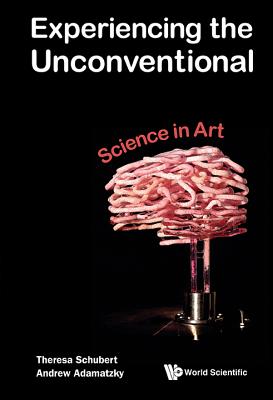Exploring the Allure of Metallic Attraction: Unveiling the Science and Beauty Behind It
#### Description:The concept of metallic attraction has captivated scientists, artists, and designers alike for centuries. It encompasses a wide range of ph……
#### Description:
The concept of metallic attraction has captivated scientists, artists, and designers alike for centuries. It encompasses a wide range of phenomena, from the physical properties of metals to the aesthetic appeal they bring to various applications. In this article, we will delve into the science behind metallic attraction, explore its significance in our daily lives, and highlight how it influences art and design.
At its core, metallic attraction refers to the forces that hold metal atoms together, creating the unique properties that we associate with metals. Metals are characterized by their ability to conduct electricity, reflect light, and exhibit malleability and ductility. These properties arise from the metallic bond, which occurs when positively charged metal ions are surrounded by a sea of delocalized electrons. This electron sea allows metals to conduct electricity efficiently and gives them their lustrous appearance.

One of the most fascinating aspects of metallic attraction is its role in the creation of alloys. Alloys are mixtures of two or more metals, or a metal and another element, that combine to enhance certain properties. For example, steel, an alloy of iron and carbon, is known for its strength and durability, making it a fundamental material in construction and manufacturing. The metallic attraction between the iron and carbon atoms results in a material that is far superior to its individual components.
Beyond the scientific implications, metallic attraction also plays a significant role in art and design. Artists have long been drawn to the reflective qualities of metals, using them to create stunning sculptures, jewelry, and decorative pieces. The interplay of light on metallic surfaces can evoke emotions and create visual interest, making metallic elements a popular choice in contemporary design. For instance, the use of gold, silver, and copper in jewelry not only highlights the craftsmanship involved but also capitalizes on the metallic attraction that these materials inherently possess.
In interior design, the use of metallic accents can transform a space, adding sophistication and elegance. From brass fixtures to chrome finishes, incorporating metals into a room can create a sense of luxury and warmth. The metallic attraction of these materials can enhance color palettes and textures, making them a versatile choice for designers looking to elevate their projects.

Furthermore, the fascination with metallic attraction extends to technology and innovation. The electronics industry relies heavily on metals for their conductive properties. Copper, for example, is widely used in wiring and circuit boards due to its excellent conductivity. The metallic attraction between copper atoms allows for efficient electron flow, which is crucial for the functioning of modern devices.
In the realm of fashion, metallic fabrics and accessories have made a significant impact, providing a futuristic and edgy aesthetic. Designers often incorporate metallic elements into their collections to create eye-catching pieces that stand out on the runway and in retail. The metallic attraction of these garments not only draws attention but also reflects light in a way that enhances the overall visual appeal.
In conclusion, the allure of metallic attraction is multifaceted, encompassing scientific, artistic, and technological dimensions. Whether in the form of a stunning piece of jewelry, a sleek modern interior, or the latest electronic device, the principles of metallic attraction are at play, influencing our experiences and interactions with the world around us. As we continue to explore and innovate, the fascination with metals and their inherent properties will undoubtedly remain a significant aspect of human creativity and progress.
